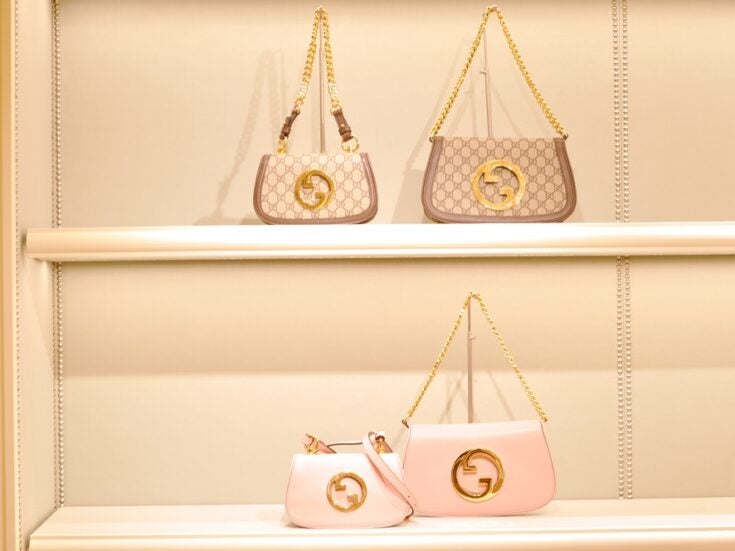
The appeal of the floating city endures –especially if you stay in the right hotel, writes Alec Marsh
As John JULIUS Norwich remarked in his history of Venice, the first thing that strikes you when the silhouette of la Serenissima appears, floating like a vast Monet water lily, is the sheer foolhardiness of the whole enterprise. ‘Who in their senses,’ Norwich asked, ‘would build a settlement among these marshy wastes, on little islets of sand and couchgrass, the playthings of current and tide?’

Looking down on the dark jade waters of the Grand Canal from our room at the Aman Venice – the exquisite 24-room hotel in a 16th-century palazzo, where George and Amal Clooney stayed when they got married in 2014 – it’s hard to fathom that the city before you is perched on wooden stakes driven into the mud and sand about 1,000 years ago. But then the skew-whiff tower of St Stefano in the distance reminds you that this is a city built on human willpower and not much else.

We cross the Rialto Bridge and beetle our way through the narrow lanes, following the signs towards San Marco – and, more importantly, the tiny dot on my wife’s iPhone. Ten minutes later we are in St Mark’s Square, penned on three sides by the elegant arcades, gazing in wonder, like medieval pilgrims, at the domed, Byzantine edifice of the basilica. Above the door are four bronze horses, looted from the hippodrome of Constantinople, whose fall the Venetians successfully orchestrated in 1204. The horses are just the start of a temple of larceny, which reaches its apogee at the high altar, where the remains of St Mark the Evangelist, whose body was snatched in the dead of night by two Venetians in 828. Looking back along the central apse, beneath the glistening, golden mosaicked ceilings, you are aware of being in a pre-European structure.

After the basilica we head to Caffe Florian, purveyor of coffee since 1720, where you can sit as Hemingway, Casanova and practically anyone who’s been anyone has, for coffee in stately splendour. Casanova, it is said, frequented Florian because it alone served women – the first owner secured special status, ostensibly for wives and concubines of visiting potentates. ‘At night when the café is closed, Casanova’s ghost comes out of these mirrors,’ explains Cristiana Rivolta from Florian. ‘Maybe he’s looking for ladies.’ Or for Venetian biscuits, which are delicious.
Then, before we know it, it’s time for the vaporetto back to the Aman Venice for dinner in the flawlessly restored ballroom overlooking the Grand Canal. Don’t, whatever you do, skip the Aman’s pea and mint soup or fish stew, nor the beef, nor the pineapple ravioli.
After an indulgent breakfast, the Doge’s palace beckons – more ceilings of wonder and vaunting, golf-leaf ambition, plus frescos of the Venetians storming Constantinople or marking Lepanto – with the Bridge of Sighs and the prison that Casanova was condemned to. After the trekking and boating, we finish our visit with an evening of opera – The Barber of Seville, hosted in a private palazzo where not a single right angle exists. Then, a glorious sleep later, it’s off to Marco Polo airport for the hop home.
‘All that glisters is not gold,’ the Prince of Morocco declares in The Merchant of Venice.
And in Venice that’s the truth: the treasure is at every turn. The gold is the least of it.

Alec Marsh is editor of Spear’s






